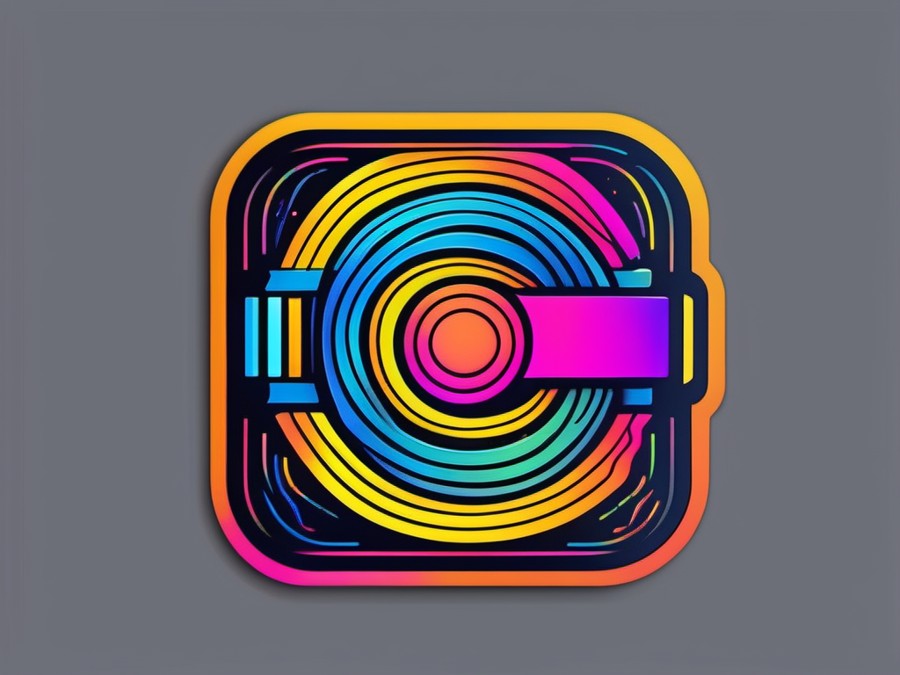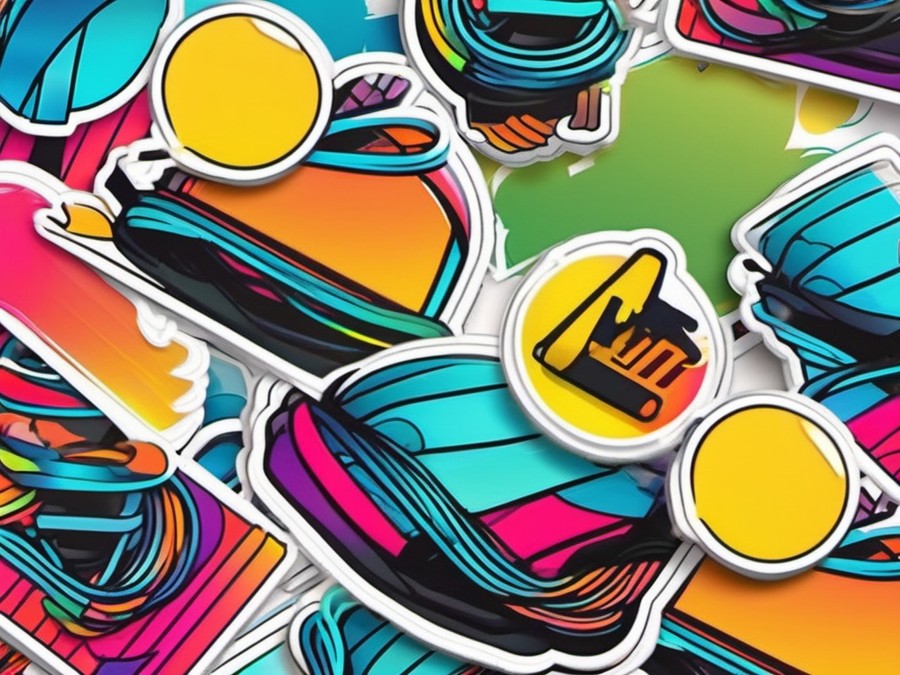· Charlotte Will · Cables · 7 min read
What are Lightning Cables and Why Are They Crucial for Apple Devices?
Discover why Lightning cables are crucial for Apple devices. Learn about their evolution, benefits, and how to choose genuine cables for enhanced performance and security.

Lightning cables are ubiquitous in the world of Apple devices, and for good reason. But what exactly makes these cables so crucial? Let’s dive into the world of Lightning cables and explore why they are essential for your Apple devices.
Understanding the Evolution of Lightning Cables
From 30-Pin to Lightning Cable: The Shift
Apple introduced the 30-pin connector back in 2003 with the third-generation iPod. This connector was used across a range of Apple devices for over a decade. However, in 2012, Apple made a significant shift with the introduction of the Lightning connector. The Lightning cable is smaller, more durable, and reversible, offering a significant upgrade over the 30-pin connector.
Main Differences Between 30-Pin and Lightning Cables
The primary differences between the old 30-pin connector and the Lightning cable lie in size, durability, and functionality. The Lightning cable is 80% smaller than the old 30-pin connector, making it more compact and easier to use. Additionally, Lightning cables are reversible, which means you don’t have to worry about which side is up when plugging it in.
What is an MFi Certification?
Importance of MFi Certified Cables
MFi, or Made for iPhone/iPod/iPad, is a certification program by Apple. If a cable is MFi certified, it means that Apple has approved the product, ensuring it meets stringent quality and safety standards. MFi certified cables are crucial because they ensure compatibility, performance, and safety for your Apple devices.
How to Spot an MFi Certified Lightning Cable
Spotting an MFi certified cable is easy. Look for the MFi logo on the cable or its packaging. This logo indicates that Apple has approved the product, giving you peace of mind knowing that your cable meets all necessary standards.
Benefits of Using Genuine Lightning Cables
Faster Charging Speeds
One of the most significant advantages of using genuine Lightning cables is faster charging speeds. MFi certified cables are designed to work optimally with your Apple device, ensuring quick and efficient charging.
Enhanced Data Transfer Rates
Genuine Lightning cables also offer enhanced data transfer rates. This means you can sync your devices faster, making it easier to back up your data or transfer files between your Apple devices and a computer.
The Dark Side of Non-Apple Certified Cables
Potential Damage to Your Device
Using non-Apple certified cables can potentially damage your device. These cables may not have the necessary safeguards to protect your Apple device from overcharging or excessive heat, which can lead to permanent damage.
Security Risks
Non-certified cables also pose security risks. Since they are not approved by Apple, there is a chance that they may contain malicious software or hardware designed to steal your data.
How Lightning Cables Enhance Security Features
Data Encryption
MFi certified cables come with data encryption features, ensuring that any data transferred between your Apple device and a computer is secure. This adds an extra layer of protection to your sensitive information.
Preventing Unauthorized Access
Lightning cables with the proper certification can also prevent unauthorized access to your device. This is particularly important in environments where data security is a major concern.
Compatibility: Which Apple Devices Use Lightning Cables?
iPhone Models
Most iPhone models from the iPhone 5 onwards use Lightning cables. This includes all the latest iPhones, ensuring a consistent and reliable charging experience across different models.
iPad Models
Similarly, most iPad models also use Lightning cables. Whether you have an iPad Mini, Air, or Pro, your Lightning cable should work seamlessly with your device.
iPod Touch
Even the iPod Touch uses Lightning cables for charging and data transfer, keeping all your Apple devices compatible with a single cable type.
Care and Maintenance Tips for Your Lightning Cables
How to Keep Your Cable in Good Condition
To keep your Lightning cable in good condition, avoid bending it too tightly around corners or leaving it in the sun for extended periods. Regularly inspecting the cable and connector can also help you spot any wear and tear early on.
Signs That Indicate a Damaged Lightning Cable
Some signs of a damaged Lightning cable include fraying at the ends, exposed wires, or any unusual smell coming from the cable. If you notice these signs, it’s time to replace your cable.
Common Misconceptions About Lightning Cables
Are All Lightning Cables the Same?
A common misconception is that all Lightning cables are the same. However, only MFi certified cables meet Apple’s stringent quality standards. Non-certified cables may look similar but do not offer the same level of performance or safety.
Do Third-Party Cables Work Just as Well?
While there are third-party cables that work well, not all of them are created equal. It’s essential to ensure that any third-party cable you use is MFi certified to guarantee compatibility and safety.
Fast Charging with Lightning Cables: What You Need to Know
Requirements for Fast Charging
For fast charging with Lightning cables, you need both an MFi certified cable and a compatible power adapter. Apple’s USB-C to Lightning cables are specifically designed for fast charging, making them a good choice.
Is It Worth the Investment?
Investing in a fast charging setup can be worthwhile, especially if you’re often on the go and need to charge your device quickly. The convenience of quick charging can be a game-changer for many users.
The Future of Lightning Cables: Will They Be Replaced?
Rumors and Speculations
There have been rumors about Apple transitioning to USB-C for its devices, similar to what they did with the MacBook lineup. However, these remain speculations at this point, and Lightning cables are still the standard for most Apple devices.
Why Lightning Cables May Stick Around
Lightning cables may stick around because of their compact size and durability. They offer a reliable solution for charging and data transfer, making them a practical choice for Apple devices.
Real-Life Stories: The Importance of Genuine Lightning Cables
Lessons Learned the Hard Way
Many users have learned the hard way about the importance of genuine Lightning cables. Stories of devices being damaged or data being compromised due to non-certified cables are not uncommon.
Buying Guide: What to Look For When Purchasing Lightning Cables
Price vs. Quality
When buying a Lightning cable, consider the balance between price and quality. Cheaper cables may not offer the same level of performance or durability as higher-quality ones.
Where to Buy
You can buy Lightning cables from Apple’s official store or other authorized retailers. Always ensure that the cable is MFi certified before making a purchase.
Conclusion: Embracing the Power of Lightning Cables
Lightning cables are not just accessories for your Apple devices; they are essential components that enhance both functionality and security. By using MFi certified cables, you ensure faster charging, efficient data transfer, and the safety of your devices. Embracing the power of Lightning cables can greatly improve your overall experience with Apple devices.
FAQs
Why do some cables charge slower than others?
The speed at which a cable charges your device depends on several factors, including the quality of the cable and the power adapter you’re using. MFi certified cables and Apple’s power adapters are designed to work together for the fastest charging speeds.
Can Lightning Cables be used with Android devices?
Lightning cables are not compatible with Android devices. They are specifically designed for Apple products and will not charge or transfer data to an Android device.
How do I know if my Lightning Cable is still good?
Signs of a damaged Lightning cable include fraying, exposed wires, or a strange smell. If your cable exhibits any of these signs, it’s time to replace it with a new one.
What happens if I use a non-MFi certified cable?
Using a non-MFi certified cable can potentially damage your device or compromise your data. These cables may not have the necessary safeguards to protect your Apple device from overcharging or excessive heat.
Is it safe to leave my device charging overnight?
Leaving your device charging overnight is generally safe, especially with MFi certified cables and Apple’s power adapters. These are designed to stop charging once your device is fully charged, preventing overcharging and potential damage.
This article has provided a comprehensive overview of Lightning cables and their importance for Apple devices. For more insights into related topics, check out the following articles:




